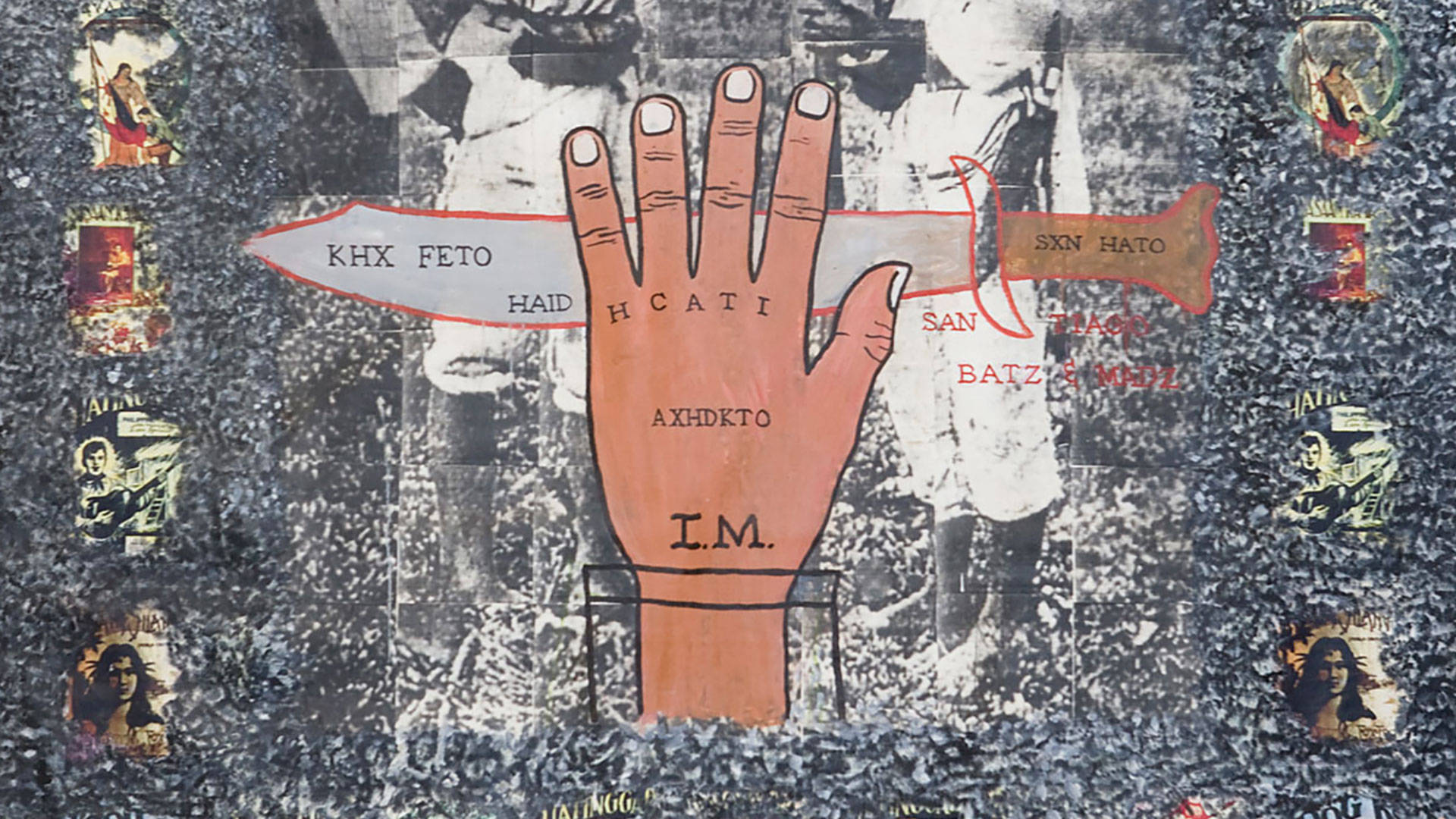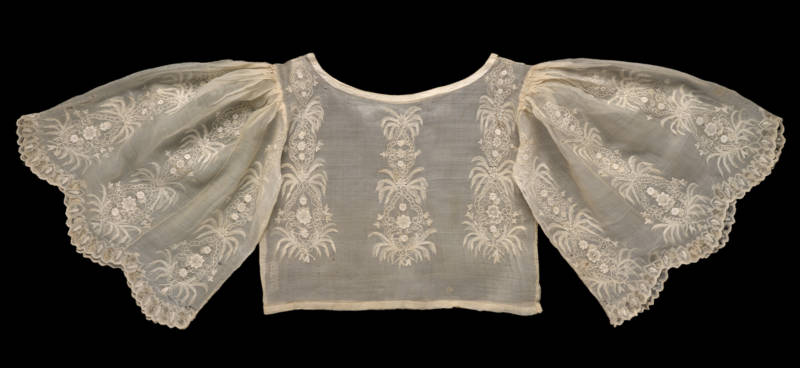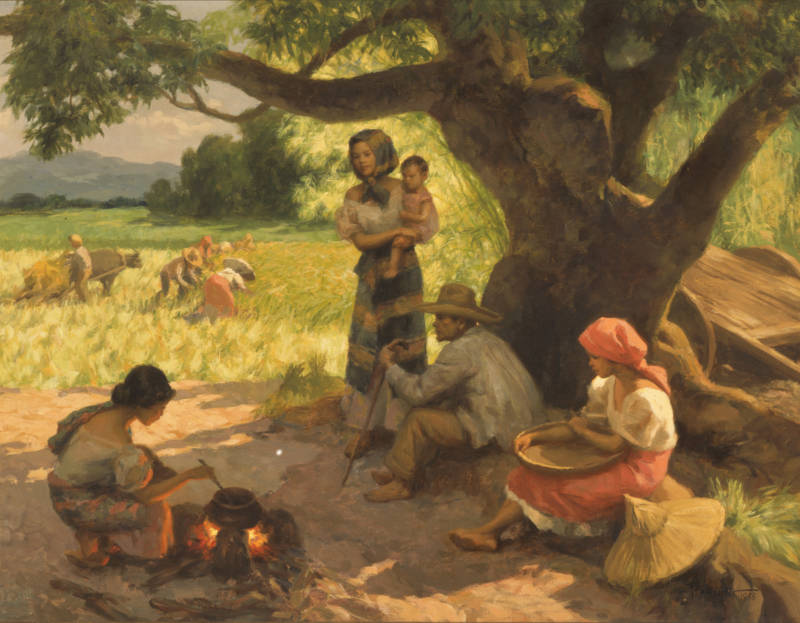While browsing the labyrinth of the Asian Art Museum near Civic Center station, it’s very possible that viewers might look through centuries worth of art from the Asian diaspora before finding the two small rooms dedicated to the special exhibit currently on view, Philippine Art: Collecting Art, Collecting Memories. Tucked away in a back gallery of the museum’s sprawling second floor, the exhibit’s bold colors, contemporary — and occasionally crude — craftsmanship, and strong social directive offered a sharp contrast to the museum’s softer, more traditional works.
Striking, giant red placards demarcate the section from other galleries, which are instead inconspicuously labeled with standard black-and-white cards. Vivid oil paintings depict scenes from idyllic everyday life and revolution during martial law, each vying for the viewer’s attention along the hall. A mesmerizing Noberto Roldan installation of Virgin Marys and glass herbs in a wooden case spans the opening wall; a large crucified Christ hangs off another.
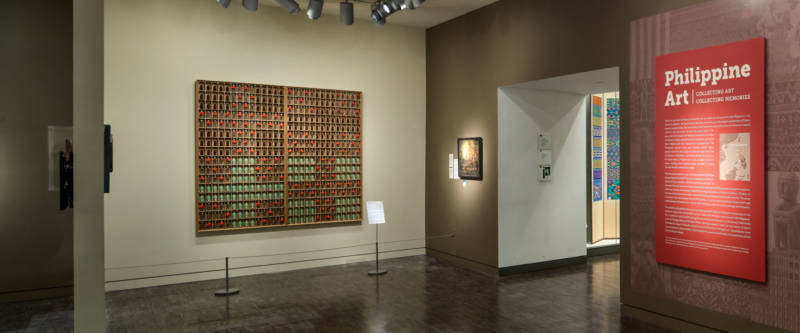
The disparity in display, placement, and sheer aesthetic between Collecting Art, Collecting Memories and the rest of the museum’s displayed works makes it easy to imagine how — before this exhibit — there was must’ve been very little Filipino art at all.
According to the Natasha Reichle, the museum’s associate curator of Southeast Asian Art and the show’s primary organizer, Collecting Art, Collecting Memories is the museum’s first-ever personal exhibition of Philippine art. While the exhibit showcases the rich culmination of Filipino art acquired the last couple decades, it’s also meant to serve as a direct response to the dearth of Filipino representation in the Asian Art Museum as a whole.
“[The lack of Filipino art] was a long-standing gap in our collection, and something that our many Filipino visitors to the museum often commented on,” she says. “We had no art from the Philippines when the museum was founded, and it was only in the last 10 to 15 years [that] we built up a collection. [Curating the show] was largely in response to this gap and to the community.”
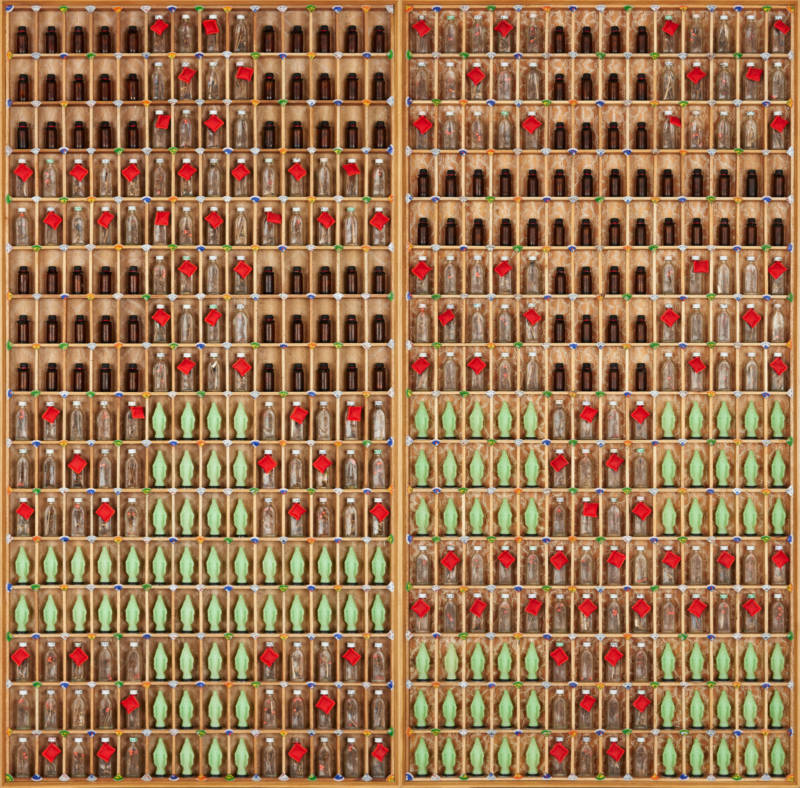
Each piece of work drips with history, sharing a brief, visual story of the Philippines’ diverse and multifaceted history (the exhibit aims to take viewers through the country’s pre-colonial, Islamic period, Christian colonial span, and contemporary era). Unlike the museum’s other galleries, the poignancy and attention-grabbing elements of Collecting Art, Collecting Memories render the exhibit impossible to ignore, even despite its small size.
